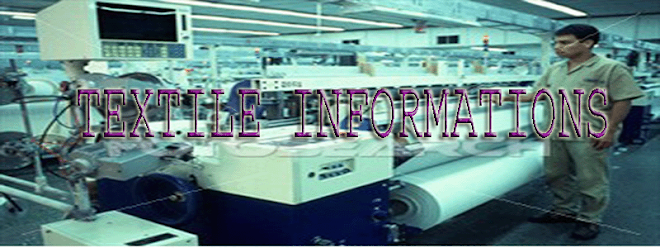CASE STUDIES FOR TEXTILE PRINTING
CASE NO. 9
Description: United Piece Dye Works is a textile dyeing
and finishing operation located in North Carolina. The
company because of its processing operations had a
problem with phosphorous containing materials in its
effluent.
Courses of Action:
The company was able to meet stringent discharge limits
on phosphorous by making chemical substitutions in their
production processes. Initially, a detailed chemical
analysis and evaluation of their processing was performed
to identify sources of phosphorous. Where possible, nonphosphorous
or non-phosphate containing chemicals were
substituted.
Savings:
Through this substitution, the use of hexametaphosphate
was reduced and the use of phosphoric acid was totally
eliminated. The level of phosphorous in the company's
effluent was reduced from 7.7 mg/liter to less than 1
mg/liter. United Piece Dye Works was able to meet these
effluent limits without any capital expenditure for
phosphorous removal or quality reduction in their products.



